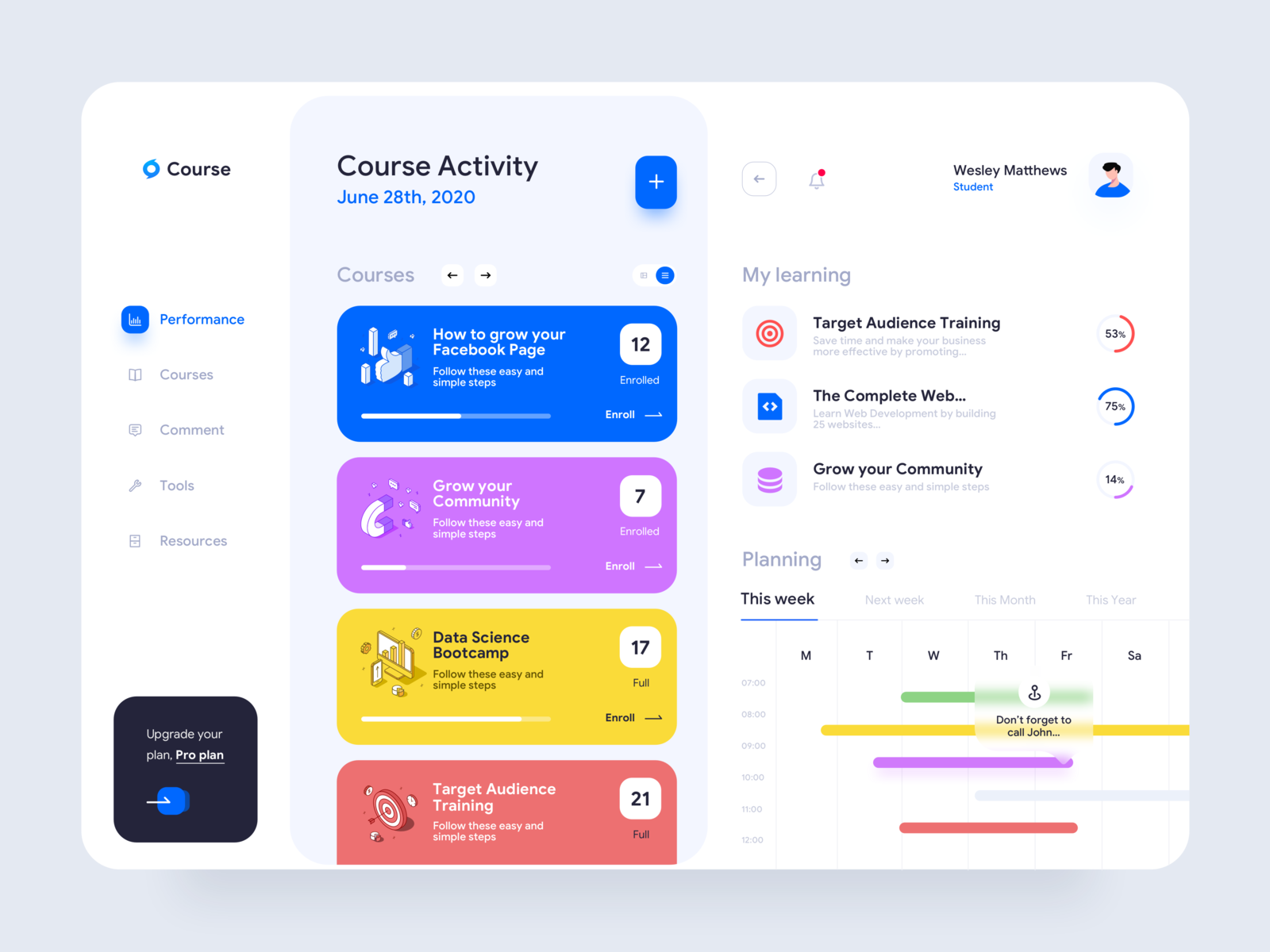

And that's not the end, when we finish creating our prototype we want to share it with our friends and family, or even a client. These prototypes will be advanced projects, and with the knowledge you gathered throught this course, even those complex prototypes will be as easy as pie to you. One for Mobile and the other for Web Application. For every tool, response and trigger I'm going to show you practical examples.Īnd at the end of this course, when you learn everything, we are going to create two prototypes from scratch. Then After that we are going to cover up some more advanced topics, like variables, formulas, scenes and components. We are going to start from very basics, like introducing with Protopie and it's interface, tools, triggers and responses. This is a COMPLETE course, where you will learn everything about ProtoPie. And with this course I'm going to prove them wrong! Many designers out there still believe that advanced prototyping without coding is not possible. Because it's never been this easy! The philosophy behind ProtoPie is that high-fidelity prototyping should be done easily and quickly. With just one click you can import your project design in ProtoPie and start creating prototypes immediately! Yes, It's that easy! And that's one of many reasons why ProtoPie has a word Pie in it's title. If you are already using Adobe XD, Figma or Sketch for UI/UX Design, then I have a good news for you, because ProtoPie is compatible with those softwares. Whenever a new ProtoPie version come out, videos about all new features will be created and uploaded. NOTE: This course will constantly be updated. And Would you like to see how your static design could look like when you give it a life using motion animations? Well then, in this course you'll learn everything about Protopie, from basics to advanced stuff like creating serious prototype projects.
#ONLINE PROTOPIE FOR UX DESIGN COURSE HOW TO#
If you’re still undecided, book a call with a program advisor! They can help you figure out which direction might best suit you.Would you like to learn how to create highly interactive and complex prototypes for Mobile, Web and Desktop Applications. Make sure you understand the differences between UX and UI-including the skills and processes that are unique to each discipline, and how UX and UI designers work together.

Ultimately, which program you choose should depend on your interests and career goals. On the other hand, if the aesthetic and interaction side of digital product design appeals to you, take the UI Design Program-it covers UX design basics along the way!

You can always opt for the UI design specialization at the end if you want to learn UI basics. If usability and function in digital product design are more interesting to you (key facets of UX design), take the UX Design Program. While UX and UI design are similar in many ways, and most designers do both kinds of work at some point in their careers (and there are many companies who hire for combined UX/UI roles), we’ve built our programs to support budding UX and UI designers separately. Much like a college professor might inspire you to pursue a career in a certain field, your mentor, tutor, career specialist, and student advisor will keep you motivated and on track. You can enjoy the flexibility of online learning with the accountability and one-on-one attention traditionally associated with brick-and-mortar institutions. You can study part-time at 15-20 hours per week to finish the program in 10 months or complete the program in as little as 6 months by studying up to 30-40 hours per week. The same study revealed that, in 2020, those same companies hired up to 120% more bootcamps graduates than they did in 2019! A 2021 study by Career Karma found that companies as respected as Amazon, Google, Facebook, and Microsoft are some of the largest employers of bootcamp graduates. And now more than ever, employers see bootcamp graduates as excellent job candidates. This program is designed to take you from beginner to job-ready-regardless of your background.


 0 kommentar(er)
0 kommentar(er)
